Are you leaving distance on the table without even realising it?
In this video, I work with a golfer who was struggling to hit his driver as far as he should. With just a few simple tweaks — all based on common faults that I see in golfers of all levels — we unlocked over 30 extra yards off the tee.
If you’re looking to gain distance without swinging harder, this video will show you exactly how.
✅ We cover:
-The small changes that lead to big distance gains
-Common swing faults that steal your power
-How to optimise your setup and release for maximum yardage
These fixes are simple, repeatable, and will help you get the most out of your driver. Give them a try and watch your distance jump!
📲 The Chris Ryan Golf Academy App
The all-in-one coaching platform designed to help you train smarter, practice better, and play your best golf! 🎯
✅ Structured training plans
✅ Fun & effective practice games
✅ Exclusive content not on YouTube
Start your 7-day free trial today! ⬇️
🔗 https://www.chrisryangolf.com/chris-ryan-golf-academy-app/
⛳ Want to Play Better Golf?
Join me on the journey to lower scores and more enjoyment on the course! Don’t forget to LIKE, COMMENT & SUBSCRIBE for weekly golf coaching videos.
💬 Got a question? Drop a comment below – I read them all!
📩 Want to work with me? Email: chris@chrisryangolf.com
🌍 Visit My Website: www.chrisryangolf.com
🎥 Want Personal Online Coaching?
If you’re serious about improving, I offer personalised online coaching to help you reach your goals faster.
🔗 https://www.chrisryangolf.com/online-coaching/
🤝 My Trusted Partners
🔥 TaylorMade Golf – https://www.taylormadegolf.eu
🏌️♂️ Clubhouse Golf – https://www.clubhousegolf.co.uk
🎯 Hack Motion – https://www.hackmotion.com/chrisryan
📡 FullSwing – https://www.fullswinggolf.com
🎯 PuttOut Golf – https://www.puttout.golf
👟 Adidas Golf
🔧 Mapei – https://www.mapei.com/GB-EN/
00:00 Introduction
00:31 Unlock Your Hands
05:10 Driver Weight Shift
09:35 Perfect Driver Delivery
I recently helped an online student of mine, Jeremy, pick up over 30 yards with his driver by doing some pretty simple things to his technique. I want to share that with you because it’s really, really common. It holds so many golfers back. Now, when I looked at Jeremy’s golf swing for the first time, I knew he had the potential to hit the ball with a driver in the region of 250 yards, but he was averaging just over 210. And the reason for that is he was doing three things that were chipping away at that potential distance and costing him those kind of 30 yards. If I said to you, where does most of the speed come from in your golf swing? What would you say? The answer is that the majority of the speed comes from your hands and your arms. Yes, the body plays a role and that helps create more speed, but the majority comes from your hands and arms. So, if I was to stand to this golf ball and try and do very little with my body, so try and keep my chest sort of pointing at the golf ball, notice how far I can move that golf club with my hands and arms. So, my chest isn’t really moving, but the club is moving. And if I try and hit a shot where I feel that there’s very, very little body turn at all, just hands and arms. I mean, that’s gone pretty straight. It’s a nice little draw. and my club speed there was 85 miles an hour. So I managed to generate 85 miles an hour with just my hands and arms. What Jeremy was doing is he wasn’t generating anywhere near enough power from his hands and his arms. So when we looked at Jeremy’s golf swing from the face on, what we saw is he was very very locked in the wrists all the way through to the back swing. He wasn’t creating any leverage through here. What I want you to do is take a setup with a driver and just stand up in front of you this way. And you’re going to start take your chest and you’re going to rotate your chest to what you feel is if we were looking at a clock face. 12:00 is out here to 1:00 and then back to 11:00. So if I did that here, that would be just to 1:00 and to 11:00. That’s what I’m going to do with my sort of chest. And I want you to have a grip pressure which is incredibly light. And what you should find happens is as you do that with your body, suddenly, what do you see? Look at that flow. Look at how the wrists are reacting to that. Now, this isn’t me intentionally setting my wrists or doing anything with my wrist. It’s allowing my wrist to be fluid and to move. So, we start to create some leverage in the wrist. So the club head is traveling a significant amount further than what my chest is. Now when I gave that drill to Jeremy, I’d almost guarantee that his would have been something like this because he was very locked down in here. He wasn’t allowing the movement of the body to flow out into the club head. And when you lock your wrists, everything moves at the same rate. The club head’s moving a little quicker because it’s further away, but it’s moving at the same rate. So what you can do is you can start to see with your grip pressure, it’s too tight. This is going to tell you it’s too tight and you can start to relax and get that real kind of flowing motion happening. So, we start to really feel how the wrists are transferring that energy from the body out into the club head. Now, one thing I do want to make clear here is you do need to check that your grip is pretty functional. If that grip gets too much through the palm, too high in the hand, you’re limiting what your wrist can do. So, you need to get that grip right down in the base of the fingers. So we’ll feel very much you’re holding it in the fingers and the pad of the hand sits on top. That gives you the ability to use the wrists. Then what I want you to do is very simply place a golf ball around about the length of a driver behind you. So around about here. And then all you’re going to do is you’re going to make some back swings and you’re very simply going to feel like the grip end of the club. So that’s in here points down at that golf ball at around about 3/4 into your back swing. So 3/4 into my back swing. Some of you are going to look like this. Wrists are locked. The grip clearly does not point at that golf ball. If I can start to use the wrists, look at that. It starts to point down at that golf ball. So, the very very simple drill is, can you do this to get that feeling of the wrist being nice and flowing and allowing the wrist to work and hinge? And then as you make back swings, can you get that grip to point down there? And what we’re starting to see here is around about a 90 degree angle between the club and the lead arm. Doesn’t have to be the exact, but if we can get that rough 90 degree angle, it means that you’ve created some energy. That energy you can then release through the impact area. The final little drill I want you to do, spin the club around, make some noise, make a whoosh with the grip. Very difficult to do if the wrists are locked. When they’re flowing and they’re relaxed and you can get that checkpoint here, you can really start to create some speed through the golf ball. And yes, my body’s doing something. My body’s turning and rotating and there’s a bit of weight shift, but I’m really focusing on that exercise about getting the hands and arms to create that speed. Now, the second little exercise was to do with the body and how we engage the body in the back swing. This is my impact bag, which we’re going to use in a moment for something else. This weighs a fair bit. I appreciate you can’t sort of feel that through the camera, but it’s got a bit of weight to it. So, if I stood in sort of golf posture and tried to swing this back and forth, watch what would happen to my body relatively naturally. As I swing it back and forth, notice how my body naturally wants to go the opposite direction to what the bag is swinging. Because it’s got some weight to it, my body’s trying to offset that. So, as that bag swings in this direction, my body tips forwards to try and offset that movement to try and keep me in balance. So, what was happening with Jeremy’s swing is right from the get-go, we’ve already said he wasn’t really using his wrists, but he was snatching his arms back like this. Notice how there’s no body turn, and he was snatching his arms back. And you can see how my lead arm goes across my body, my right arm gets kind of overly bent. And because he was doing that with a little bit of force, what was happening to his body, it was actually tipping him slightly forwards. And then because his arms then started the down swing, what happened? It started to move him backwards. So his movement, so I’m exaggerating it a little bit here, was very much this way, this way. So his body was working this way and this way. That’s not what we say with great drivers of the golf ball. Great drivers of the golf ball engage the body early, but they shift pressure to this side before shifting it to this side. The body needs to lead the club. If I set up with a club against that bag. If I try to use my wrists and my arms, I can’t move that bag. Feel like you try to move that bag through your midsection, your core, and how you use the ground. So, I’m going to be feeling like I push into the ground and turn. And I can’t move that bag, but look at what’s happening to my body. Notice how it’s going to the right and a little bit up. And notice how I can bend the club shaft. This is what I want to feel in the driver’s swing. The last thing I want to feel is that the wrists or the hands and arms are doing all the work. Number one, I can’t move the bag at all. Number two, it’s going to get me really, really narrow. So, I want you to give this a little go and feel like notice how it’s a very different move. The body is more engaged. And then when we start to do that without the bag, we start to visualize or sense that the club is incredibly heavy. It’s not weighs hardly anything. But imagine the grip is sorry, the club is light. How would you move it? Well, what you would do is you would shift a little bit of weight. You would rotate a little bit of your body and you would engage the body as the first thing that you do. So you get far more engagement in the body, far more width in the hands. Then we added in that wrist set that we spoke about and suddenly we have this movement which is energized because you’ve got pressure shifting. We know that creates incredible amount of speed and we’ve got some energy going this way which we can then use to push it back into the ground. But the best way to feel and sense that is to start with the club target side of the ball. So we take a normal setup. We keep our posture, but we just put the club whatever that is a foot, two feet in front of the ball. And then I feel like the first thing I do is I put pressure through this trail side and I get my body to move and I engage my body and we’re going to create this nice wide move away where the arms are wide from the chest. I feel that pressure shifting into my trail side and that is exactly the movement we need. That is so different to someone who does this and then this. the weight is going the complete opposite direction because of the club and the hands and the arms are controlling that whole movement. And then the final thing really got him to that extra sort of 10 yards up to that 250 number. This was to do with shape of swing. This is so important. We often don’t think about the shape of our swing and how it relates to speed. I’m going to do a little demonstration. If you’ve got something like this, this is that impact bag we used a moment ago. This is brilliant, but you don’t have to. You can swing through without anything in place. You’re going to hold the golf club in your lead hand only. You’re going to take a setup. You’re going to hover the golf club above the ground or opposite the the bag if you are trying to hit something. You’re going to add a little bit of body turn and you’re just going to put the club head behind your body. And then from here, all I want you to do is you’re going to add a little bit of body rotation and you’re going to feel it with your left hand. You point the grip back towards your body, which spins the club out to the back. Bit of body turn. Grip points at me. spin the club out. Bag rolled over and that felt effortless. That speed was effortless. So, I can do that again. And I can do that as I’m talking to you because it doesn’t take a lot of effort. It just takes a bit of timing, a little bit of sequencing. And we can do that here. But this time, let’s get the club up towards vertical. So, now to hit that bag, a few things are going to change. I feel now that I have to take the grip and point the grip more up because the club is so far out this way that I need to have it moving more down. How do I get the club head to move more down? I move the grip up. So to help me move the grip up, I’m going to move my left shoulder up. And if you ask me to hit the bag now, I mean that feels horrible. I mean it just feels incredibly difficult to even get the club into the bag, let alone doing it with any speed. So again, trying to hit the bag. So weak. There’s just no power there because the golf club and the weight of the club, the balance point as we call it, is not positioned correctly relative to my hands. The other thing as well, just on a side note, have a look at the club face. Pretty vertical. As I start to push the grip up and my shoulder up to get the club to go down, what does the face do? I mean, it’s so far open at this point. So, the movement I had to make to get the club head into some sort of delivery position caused the face to stay open. Now, when the club is here and I’m turning and I’m putting the grip into my body, what’s the face doing? Starting to square up quite naturally. So, when we get the club here and we spin it out, we get speed and we get the face squaring up. When it’s here, we get horrible movements that are weak and core slices. So, Jeremy was very steep in his down swing. So, he had to make those compensatory moves on the way down. Take a golf club. I’ve used an alignment stick. Anything on the floor would absolutely fine. And you’re going to set it at around about 4:00. So if the golf ball was 12, we got one, two, three is back towards you. This is around about 4:00. And I’m angled it slightly out to the right. Now, the last thing we want is to get down to delivery position where the club is in this position. You can see how it doesn’t marry up. What’s going to change that is the rotation of my forearms. So you can see how just with my forearms, I can move that club head to be more behind me, which is a position we’d like, or more in front of me, which position we want to avoid. So what I’m going to get you to go up to the top, engage that body, get those wrists working, and then on the way down, you’re simply going to match the two. You can see now how my golf club is matched to the one that’s on the ground. When you look from the down the line, that club head should be behind my hands. The golf club being behind your hands basically means the mass of the golf club, the weight of the golf club, which is here, is behind your hands. In very, very simple terms, that is a powerful position. Up, match the two, and from here, you’re now in a position where you can spin the club out. So, if you’re lacking distance, those three drills can help you get

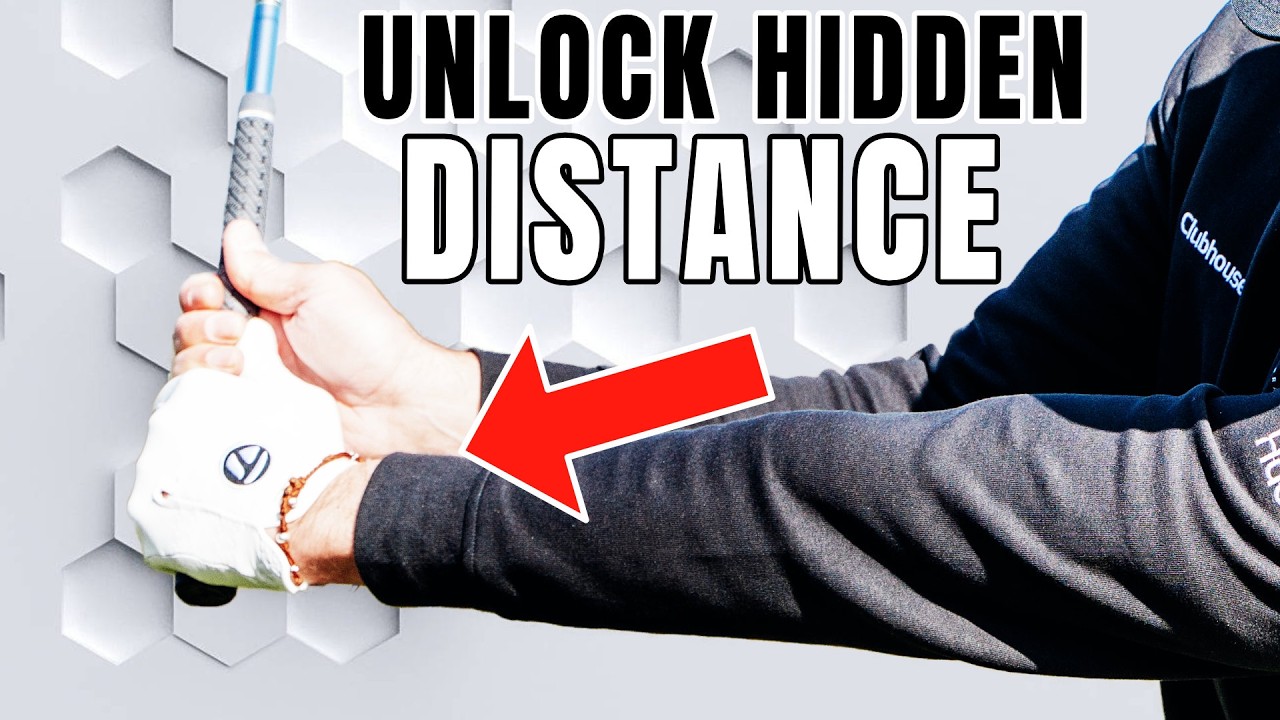


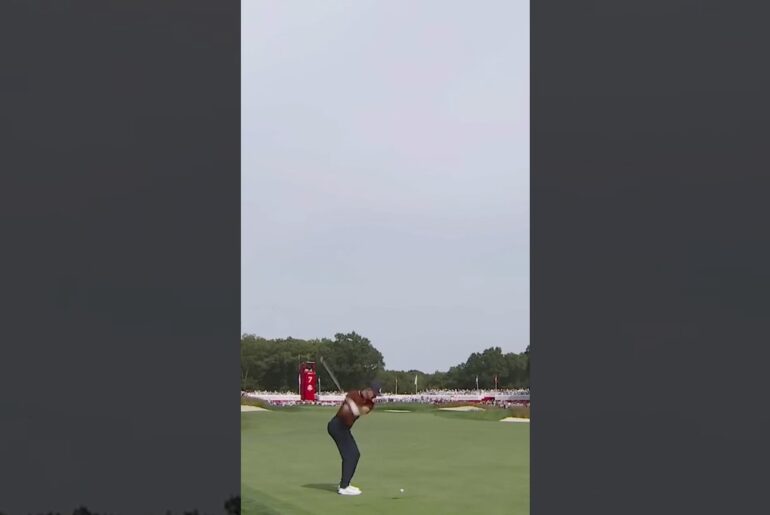
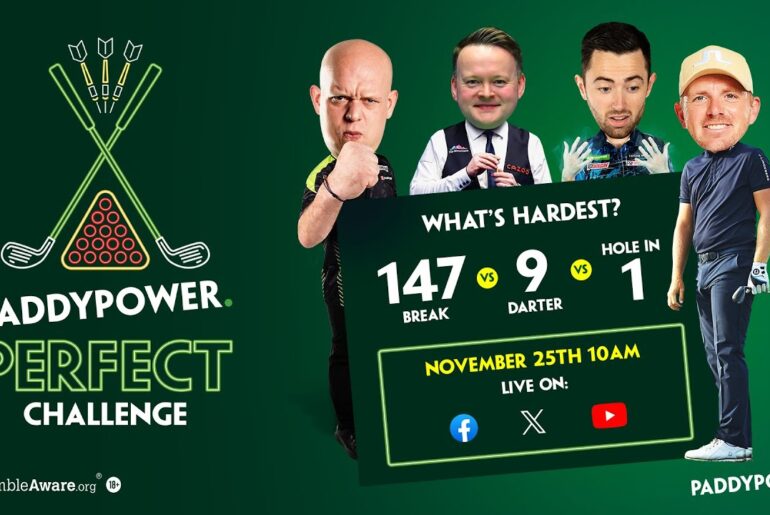
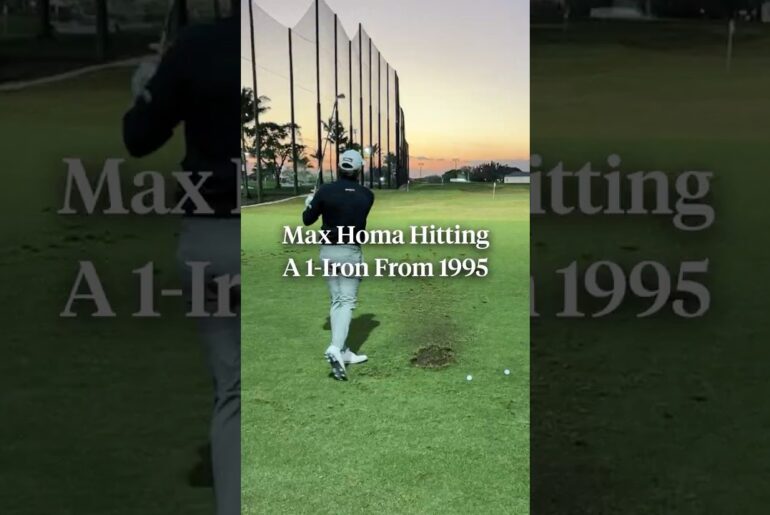
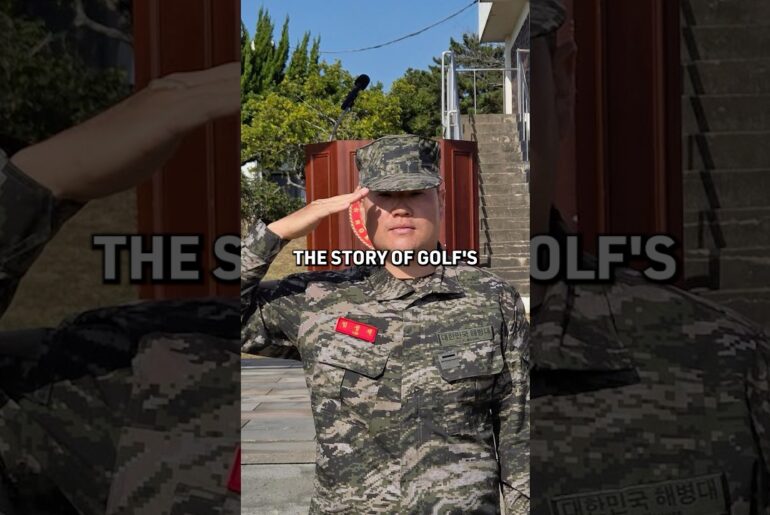
15 Comments
Hi Chris, really useful and achievable steps, thank you.
Is there a similar take for fairway woods and irons please?
KR John, 75, near Brighton UK😊
Great advice
Very good …appreciate the help!
Man I’m excited to try this, I saw several of my faults explained.
Great tipps!
I feel like flippy flappy wrists are the main issue with me creating consistent contact, the cocking and uncocking you’re demonstrating to generate speed makes sense, but it is not the same as the lateral wrist flex motion you’re showing in the first part of the video? 😩
Super! Thanks 🙏 Love your content.
Another absolute belter. 👍
Love the video cheers
I have to say, you are fantastic at explaining these wonderful tips. Top marks. 👏👏
First thing I learned was to keep my arms straight which my mind interpreted with keeping my wrists locked. Took me some time to keep my arms straight but let the wrists move freely. However, still can not hit further than 150 meters. Will have to work on speed I guess?
This video explains exactly why my swing is too much muscle/tight and too little distance/speed. At 71 I'm still enjoying a game I took up far too late in my life but I'm addicted! Thank you SO much for the salient content in this video!
09:32 – this was just what I needed. Watched this last night, realised I wasn't getting near this position. Tried it today in our medal.. nett 64 off 9. So so pleased.. Thank you ever so much.
I have plenty of distance, to the left
True………………But it will take 10,000 range balls to keep it on the Planet.